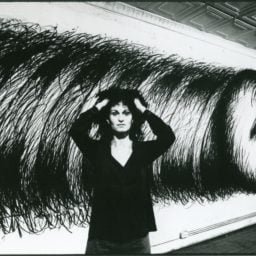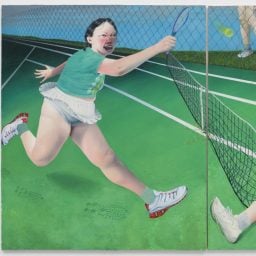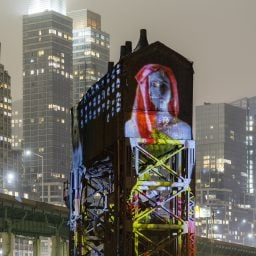The art world moves fast, with new trends, movements, and names popping up every day. The pace of change—not to mention structural biases—can leave many artists who are worthy of the spotlight in the shadows instead.
We asked 11 leading curators, museum directors, collectors, advisors and fellow artists to name a figure, alive or dead, that people should know more about, and tell us why. Here are their answers.
Jeff Sonhouse and Zilia Sánchez
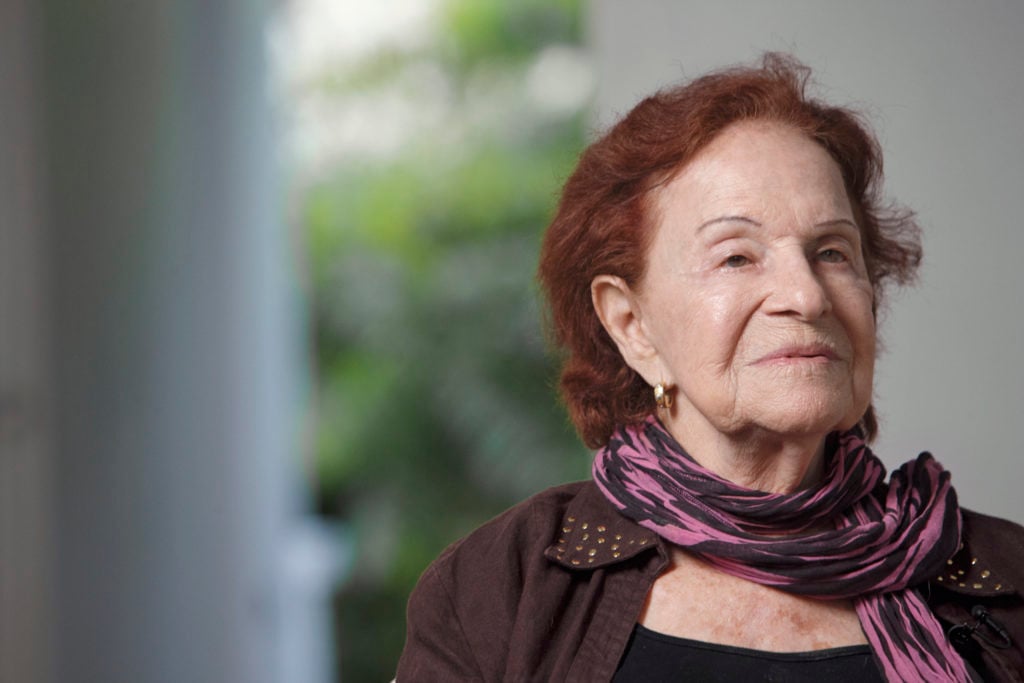
Zilia Sánchez in her studio in San Juan, February 2018. Photo: Raquel Pérez Puig.
Greatness and fame are not interchangeable. The artist’s artist is what I’m interested in. Sometimes they’re referred to as “underrated” because their work might not appear on phone cases or beach towels. True artwork is timeless not trendy.
In my opinion, one of the greatest living painters that’s not a household name yet it Jeff Sonhouse. He has an uncanny imagination and skill to create unique interpretations of our world that dwarfs his better know contemporaries. Like Coltrane and Raekwon, visionary artists stand alone ahead of the multitudes, waiting for the trendy to catch up. They are always ahead of their time.
The pioneering feminist work of Zilia Sánchez, born in Havana in 1926, blurs the line between sculpture and painting. At 95, she continues to work in Puerto Rico, and hopefully soon her work will garner attention like her contemporary Carmen Herrera.
—Luis Gispert, Brooklyn-based artist
Kambui Olujimi

Kambui Olujimi, The 3rd Precinct Burns in Minneapolis (2020). Image courtesy the artist.
Kambui Olujimi is one of my biggest inspirations in life and work. He’s also a sincere person with a beautiful soul who translates a life lived in alignment with his diverse creative practice.
—Hank Willis Thomas, New York-based artist
Rory Pilgrim
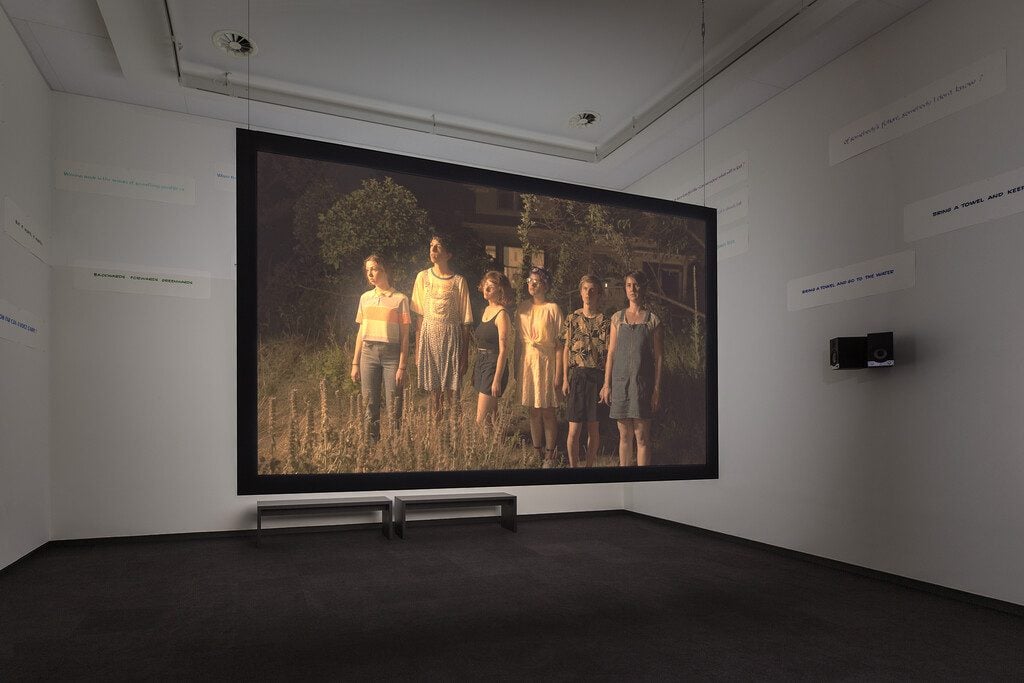
Rory Pilgrim, The Undercurrent, (2019-). Installation view at Prix de Rome 2019 exhibition at Stedelijk Museum Amsterdam. Photo: Daniel Nicolas.
Rory Pilgrim is an artist whom I’ve always admired. Their multifaceted practice moves fluidly between music, songwriting, text, performance, drawing and film. I’m excited about their new film and research piece which will be included in “Radio Ballads” curated by Amal Khalaf, an exhibition embedding artists within core social care services and community settings presented at Serpentine North from the end of March, and at Barking Town Hall in London in April. Pilgrim’s work builds connections between work, mental health, home and care in a time of crises.
—Hans Ulrich Obrist, artistic director at the Serpentine Galleries, London
Susan Hiller
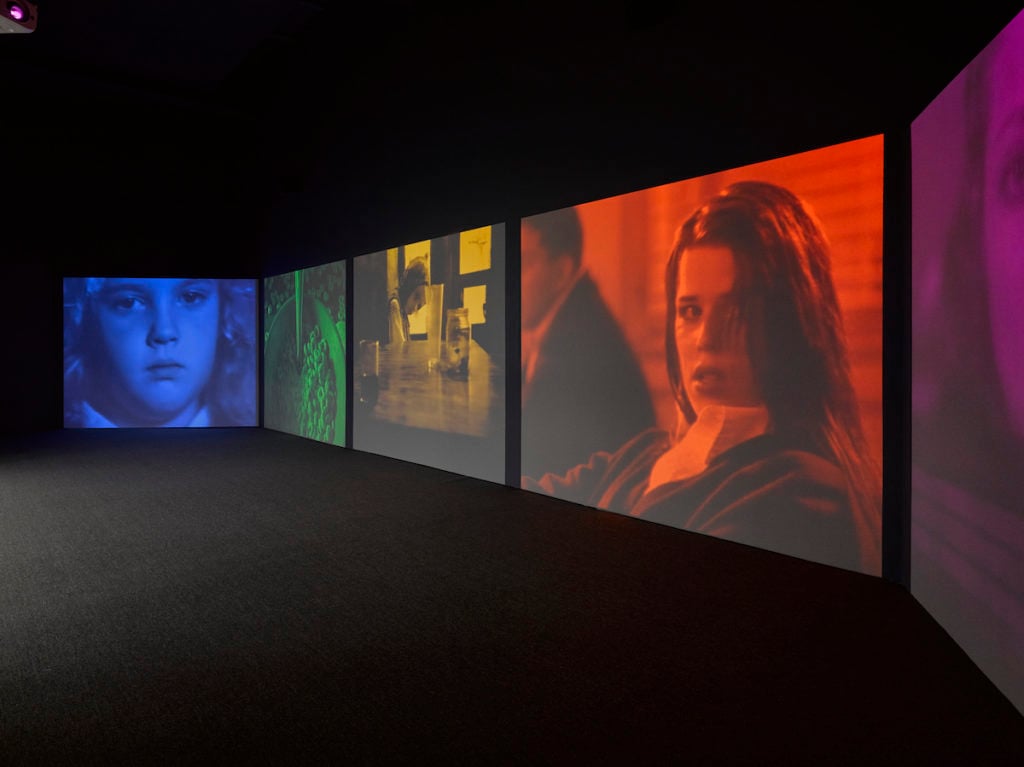
Installation view: Susan Hiller: Paraconceptual at Lisson Gallery, New York, 28 April – 10 June 2017.
The late Susan Hiller. Known but she should have been lauded to a far higher level of value and insitutional attention for work which truly was ahead of it’s time addressing feminism, anthropology, the esoteric, psychology, politics and video as sculptural medium. “
—Francesca Gavin, London-based writer, editor and curator
Daniel Joseph Martinez
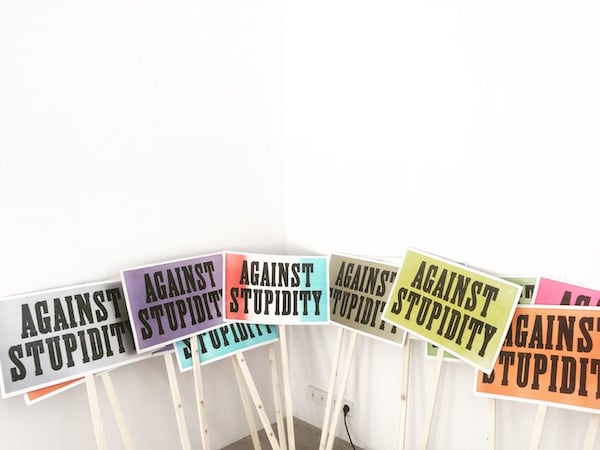
Work by Daniel Joseph Martinez at the Mona Bismarck American Center, Paris. Photo: Courtesy LAND.
The L.A.-based Daniel Joseph Martinez is the most radically innovative and forward thinking Latino artist in the U.S. and he has been producing ground breaking work in photography, sculpture, video and print for more than four decades. He has not been given his due because he eschews all appealing stereotypes associated with Mexican and Chicano culture, which makes his work difficult to categorize and consume, and also because US-born Latino artists lack a collector base, making it very hard for curators to obtain support for exhibitions or museums to acquire his work. People interested in Latino cultures should know about his work and should also be aware of the reasons why artists like Daniel are systematically excluded from mainstream museums collections.
—Coco Fusco, New York-based artist, writer and curator
Abdul Rahman Katanani

Abdul Rahman Katanani. Photo: Tanya Traboulsi.
I would elect Abdul Rahman Katanani, a Palestinian contemporary visual artist, who was born into a world of poverty and trauma in the Sabra refugee camp in Beirut. However, he did not grow up to be bitter or nihilistic, and relied on his art to express his frustration and positive, forward-looking perspective in life.
—Nour Al Nimer, Istanbul-born art collector and creative director, Nimerology
Rannvá Kunoy
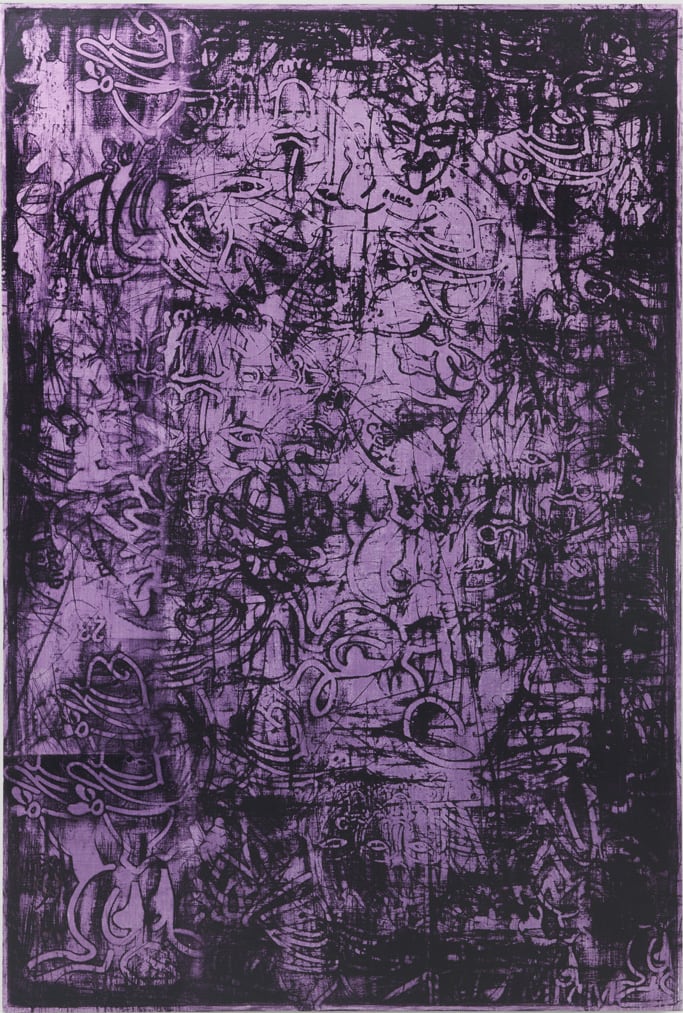
Rannvá Kunoy, She (2021). Courtesy of the artist and Nathalie Karg Gallery.
More people should know about Rannvá Kunoy. I first saw her work at a gallery in New York’s Lower East Side and it immediately struck me. She uses paint that shifts color, depending on your vantage point. Her art feels like it’s ever-moving and each time I view her work, I find a different meaning.
—Andrew Roberts, contemporary art collector and CEO, Del Toro
Rana Begum, Ali Kazim, and Dia Mehhta Bhupal
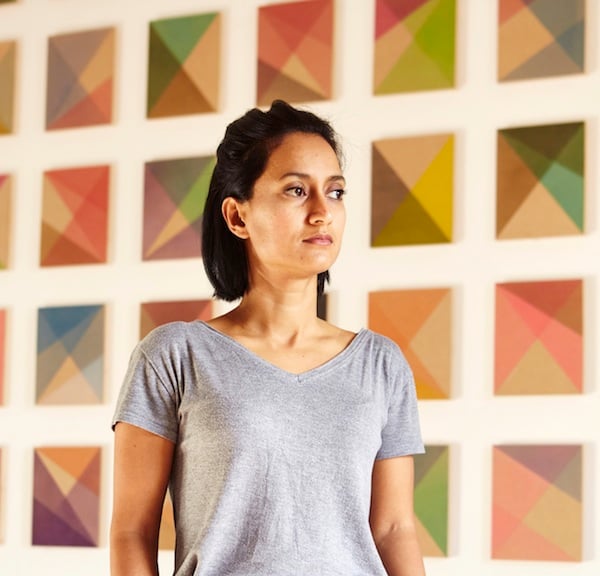
Rana Begum. Photo courtesy of the artist.
I find Rana Begum’s minimalist abstraction with a play on color quite striking, especially her interpretation of traditional Islamic art and architecture.
Ali Kazim’s figurative works explore the landscapes and ancient civilizations of the South Asian subcontinent. His art is a contemporary expression of traditional Mughal and Rajput miniature painting.
And Dia Mehhta Bhupal has focused extensively on photography, with a particular emphasis on redefining everyday images of life in India apart from their common interpretation by society.
—Sana Rezwan, founder, the Art Lab Studio
Laura Aguilar, Louise Nevelson, and Nancy Rubins

Laura Aguilar, Self-Portrait #2 (1996). Courtesy of the J. Paul Getty Museum. © Laura Aguilar Trust of 2016.
I wonder why Louise Nevelson’s career never felt as big as her contemporaries. And has Nancy Rubins been given her due? There is such ambition as well as harmony and grace in her massive sculptures, and her graphite drawings are incredible, elegant and surprisingly well priced, (The question remains if that means she is underrated.) even though she is represented by Gagosian and Rhona Hoffman.
I’ve also been looking at the work of Laura Aguilar for the past couple of years and am finally seeing her work a little more often in exhibitions, including this year’s Prospect 5 in New Orleans, although I didn’t really love the images they selected. Her photographs remind me of Bill Brandt and other classic photographers who abstracted the human form. Laura’s work, however, takes this to the next level, through extremely vulnerable self-portraits taken against landscapes, where her form mimics the shapes of the rocks. This is exposed and raw and beautiful work, and significant because of her identity as a queer, fat (her word) Hispanic artist. Sadly she passed away a few years ago and the market is just now starting to recognize her work.
—Victoria Burns, Los Angeles-based art consultant and advisor
Esther Mahlangu
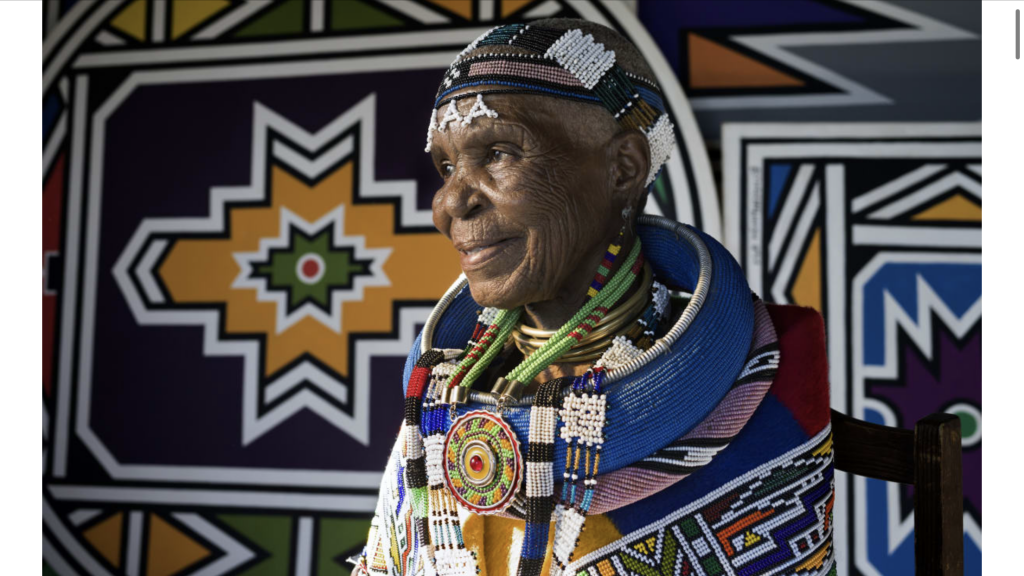
Dr. Esther Mahlangu, photo: Clint Strydom. Courtesy of Melrose Gallery.
Born in 1935, Esther Mahlangu is a leading South African visual artist. I consider her to be a bonafide “OG” among her peers. I believe her work is “under-rated” since she is not part of the contemporary “hype” that has taken over the market, making art-stars of anyone with a smiling face. Esther’s market and pricing is also significantly undervalued, compared with other artists of her generation. Her work has true historical value and she is a significant figure in South African art history and culture.
She has dedicated her life to promoting the heritage of the Ndebele people native to South Africa—and it is largely due to her creative efforts that Ndebele art and design is so globally acknowledged. Mahlangu also collaborates with various international brands, including BMW, Belvedere Vodka, Fiat, and British Airways. I consider Esther Mahlangu to be one of the most important living artists in the world today. A treasure!
—Larry Warsh, New York-based art collector
Robert Lee Neal
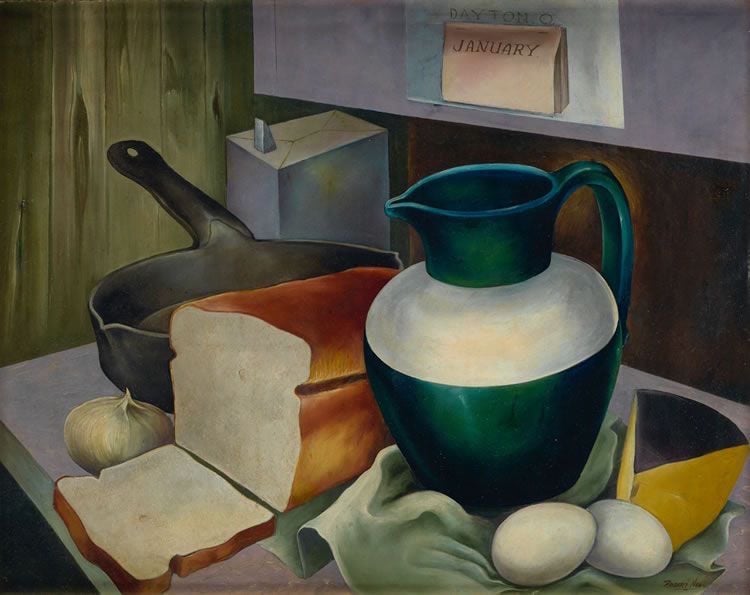
Robert Lee Neal, Kitchen Still Life, Dayton, Ohio, (c. 1940-45). Image courtesy Betty Krulik Fine Art.
I am so moved by this realist still-life by Robert Lee Neal, a talented WPA (Works Progress Administration) artist who died in 87. He exhibited in several major exhibitions during his career and worked as chief assistant on Hale Woodruff’s mural Mutiny on the Amistad at Talladega College in Alabama. Underrated and underrepresented, indeed!
—Huntley Platt, manager, the Philadelphia Show
Alonso Cano, Miguel Antoni Vila Viladrich, Etienne Cendrier, and Jorge Mayet
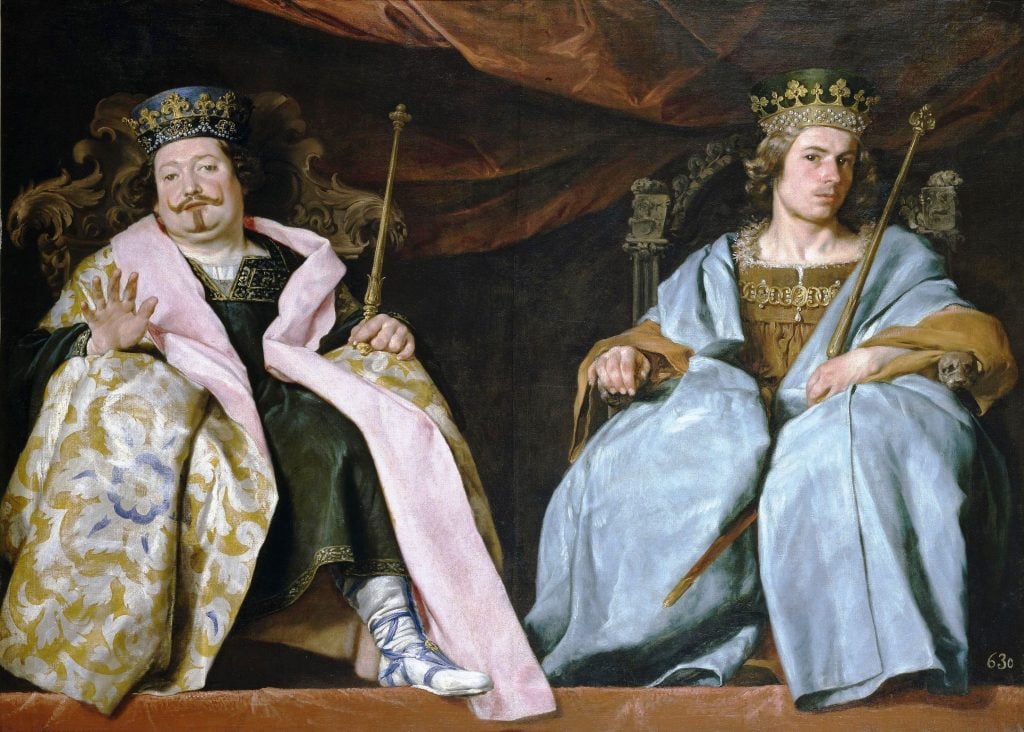
Alonso Cano (1601–1667), Two Kings of Spain (Kings of the Visigoths), oil on canvas (c. 1641). Courtesy of the Museo del Prado, Madrid.
I consider Alonso Cano one of the four most important painters of the Spanish 17th century, together with Velázquez, Ribera and Murillo. Definitely a better artist than Zurbarán, even if the latter is more well known today. Plus, Cano had a multifaceted talent. He was a virtuoso sculptor and a great architect too. He shared the idealistic vision of art without limit or border, in the prestigious tradition of the Italian Renaissance.
Miguel Antoni Vila Viladrich, was a self-taught genius. Born in Spain, he moved to Argentina and developed a style of his own in the early decades of the 20th century. His art is a mix between naïve, archaic, deco and ethnographic approaches. He was—and still is—totally off the radar. Archer Huntington, founder of the Hispanic Society, was his most important patron. As a result, the museum holds the most important collection of his paintings, with 34 works. It was an aesthetic shock when I discovered them in storage. Since then, I have been taking visitors and friends to see them too and the wow effect is immediate. I am glad that two of his works are featured in our upcoming exhibition, and we have a whole show in the pipeline for a later date that will be a revelation.
I met with Etienne Cendrier’s works by accident. I was walking in the Marais in Paris and my eyes got caught by a work in the window of a small gallery owned by Philippe Gelot. I’ve been obsessed with his works ever since. I helped organize an exhibition and as the show was being installed, I could not help buying a self-portrait. The dealer was nice enough to let me pay in installments. Cendrier is an incredible artist, painter and draftsman. And it is not only technique, there is something deep and powerful, something very concrete and at the same time somehow ethereal or invisible, especially in the works on paper.
I find Jorge Mayet’s universe really poetic and so connected to our time. I especially like his “Tree” series. They are inspiring and grounded, almost literally. Mayet is from Cuba, I’ve never met him but I’d love to imagine doing something with him at the Hispanic Society.
—Guillaume Kientz, CEO and director, the Hispanic Society Museum and Library, New York















